Gửi bình luận
The old Saigon Opera House, Notre Dame Cathedral surrounded by horse-drawn carriages were captured in photographs of downtown Saigon by foreigners 100 years ago.
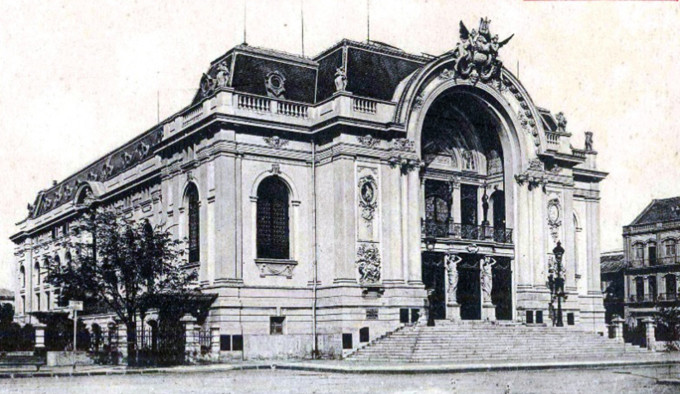 |
| The first Saigon Opera House as it appears in the new edition of a book about Saigon before 1945 published by Tong Hop Publishing House this month. Construction of the building began after its design was completed by French architects Félix Olivier, Ernest Guichard and Eugène Ferret. The theater was inaugurated in 1900. Its architecture is defined by the European Gothic Flamboyant style of earlier. The theater is now a cultural symbol of Ho Chi Minh City and hosts many night arts performances every week. |
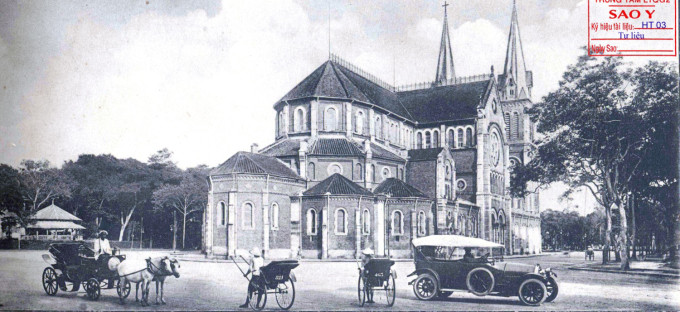 |
| The neighborhood surrounding Saigon’s Notre Dame Cathedral in the late 19th century. Construction was completed three years after it was designed by architect J. Bourard in 1877. It was conferred by the Catholic Church with Cathedral status as the "Immaculate Conception Cathedral Basilica" in 1959 by order of the Vatican. Most materials were making up the building were brought all the way from France, aiming to ensure a true simulation as the original version in Paris. The church is currently undergoing repairs, expected to be completed in 2027. |
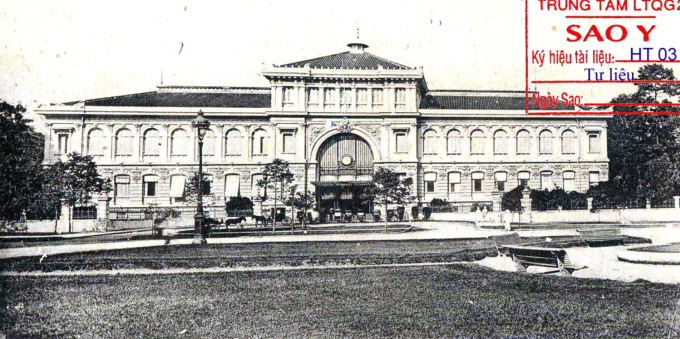 |
| The Saigon Central Post Office was initially a primitive building surrounded by a sparse bamboo fence. But from 1886-1891, the building was renovated in an eclectic style following the ideas of Marie-Alfred Foulhoux, who mixed western architecture with oriental designs. Along with Saigon Opera House and Notre Dame Cathedral, Saigon Central Post Office is one of the city’s most special structures. |
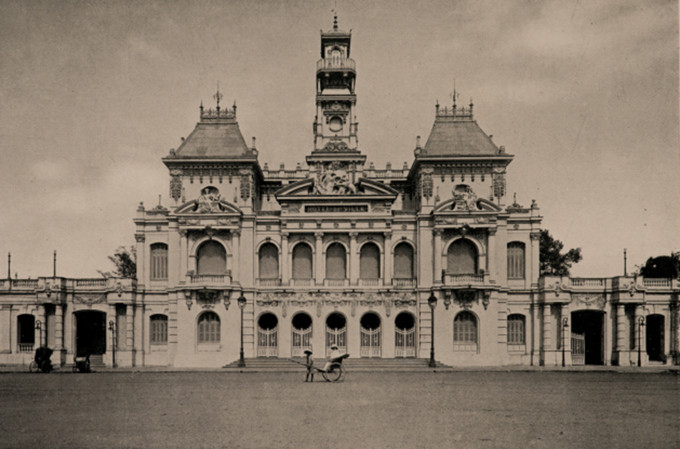 |
| Saigon City Hall (now headquarters of Ho Chi Minh City People's Committee) was designed by architect Femand Gardès and built between 1889 and 1909. In the French colonial period, the building was originally called Hôtel de ville in French or Tay Xa Palace in Vietnamese. By the time of the Republic of Vietnam, it was used for government work and important meetings. |
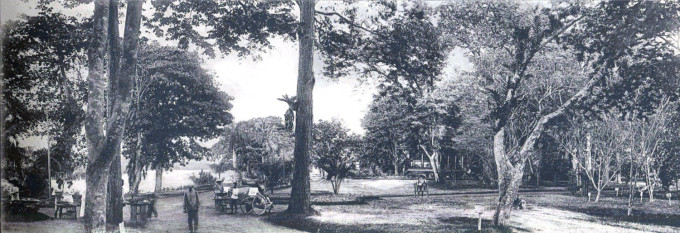 |
| The 20-hectare Saigon Botanical Garden was built by the French in 1864, and was home to a wide range of animal and plant species native to Indochina. Initially, the era was a swamp, so expeditionary forces had to create paths through it. Later, it was transformed into the Saigon Botanical Gardens and Zoo. It is now one of the eight oldest zoos in the world. The Saigon Zoo and Botanical Gardens celebrated its 160-year anniversary on March 23. |
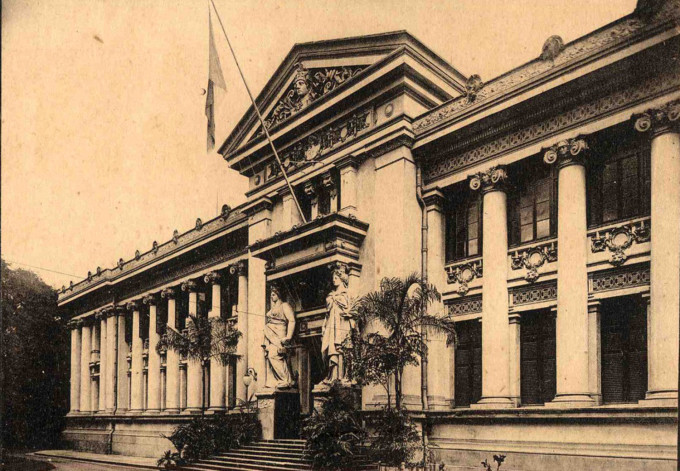 |
| The Cochinchina Governor's Palace (now the Museum of Ho Chi Minh City), was also called Gia Long Palace. It was designed by French architect Alfred Foulhoux and built from 1885 to 1890. The building followed the gothic architectural style, although it also had roots in the oriental Asian patterns. |
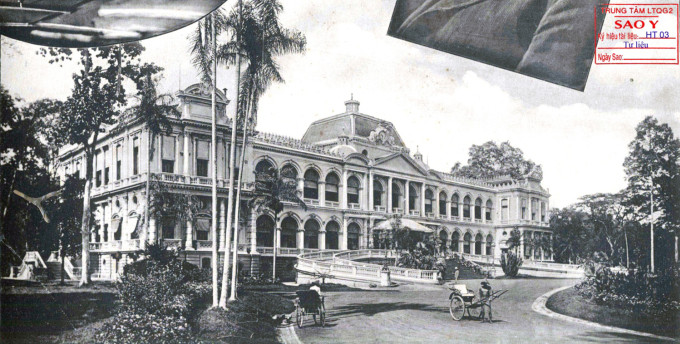 |
| The Governor General's Palace (now Independence Palace) was built in the mid-late nineteenth century. The government opened a competition to design the building with a prize of 4,000 francs. According to historical documents, most materials were brought all the way from France. Thong Nhat Avenue (now Le Duan Street) was still muddy and damp at the time. From 1887 to 1945, French governors used this mansion as a place to live and work during their invasion of Indochina. |
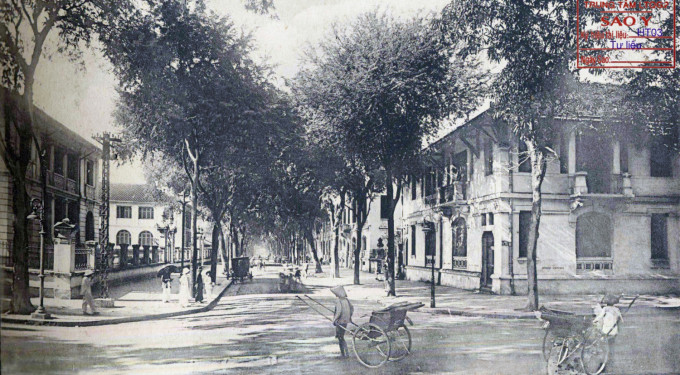 |
| The corner of Rue Catinat and Lagrandière (now Dong Khoi - Ly Tu Trong, District 1). The street is known as the "umbilical cord" of old Saigon, a nearly kilometer-long street that boasted the first commercial centers an d first hotels in Saigon. |
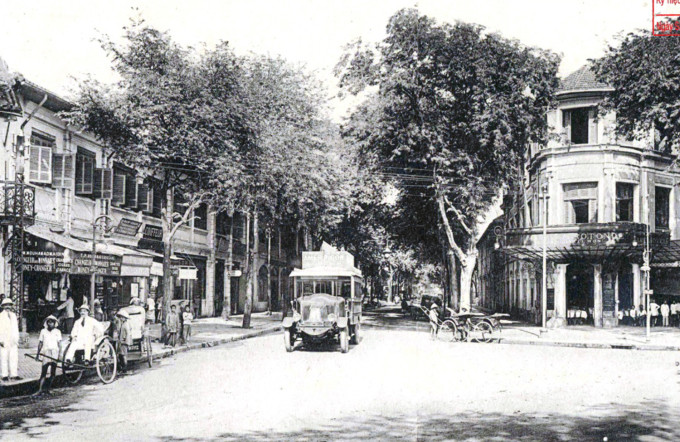 |
| A corner of Rue Catinat in Saigon center in the late 19th century. |
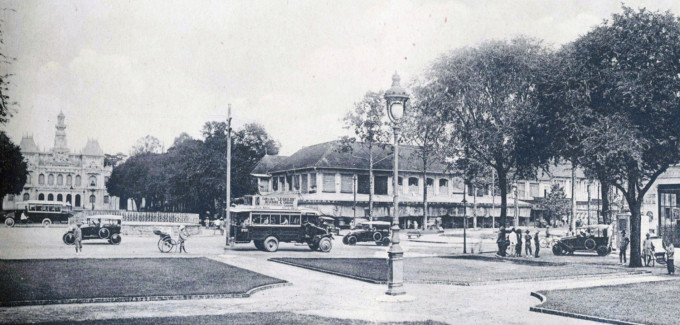 |
| The bustling street in front of Ho Chi Minh City Hall has now become Nguyen Hue Walking Street. |
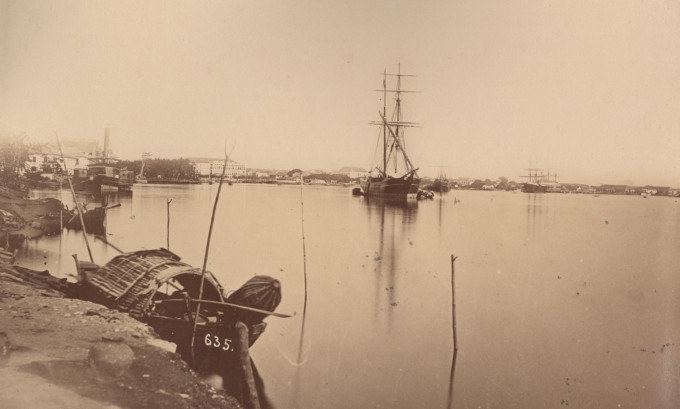 |
| Saigon port in the second half of the 19th century. After invading Gia Dinh, France built a port here aiming to support their war, and pursue the goal of colonial exploitation. |
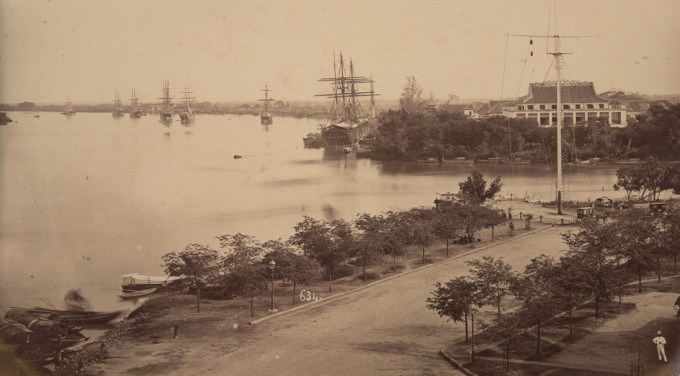 |
| This photograph of Saigon Commercial Port in 1866 was taken by photographer Emile Gsell two years after it was built. |
TB (according to VNE)